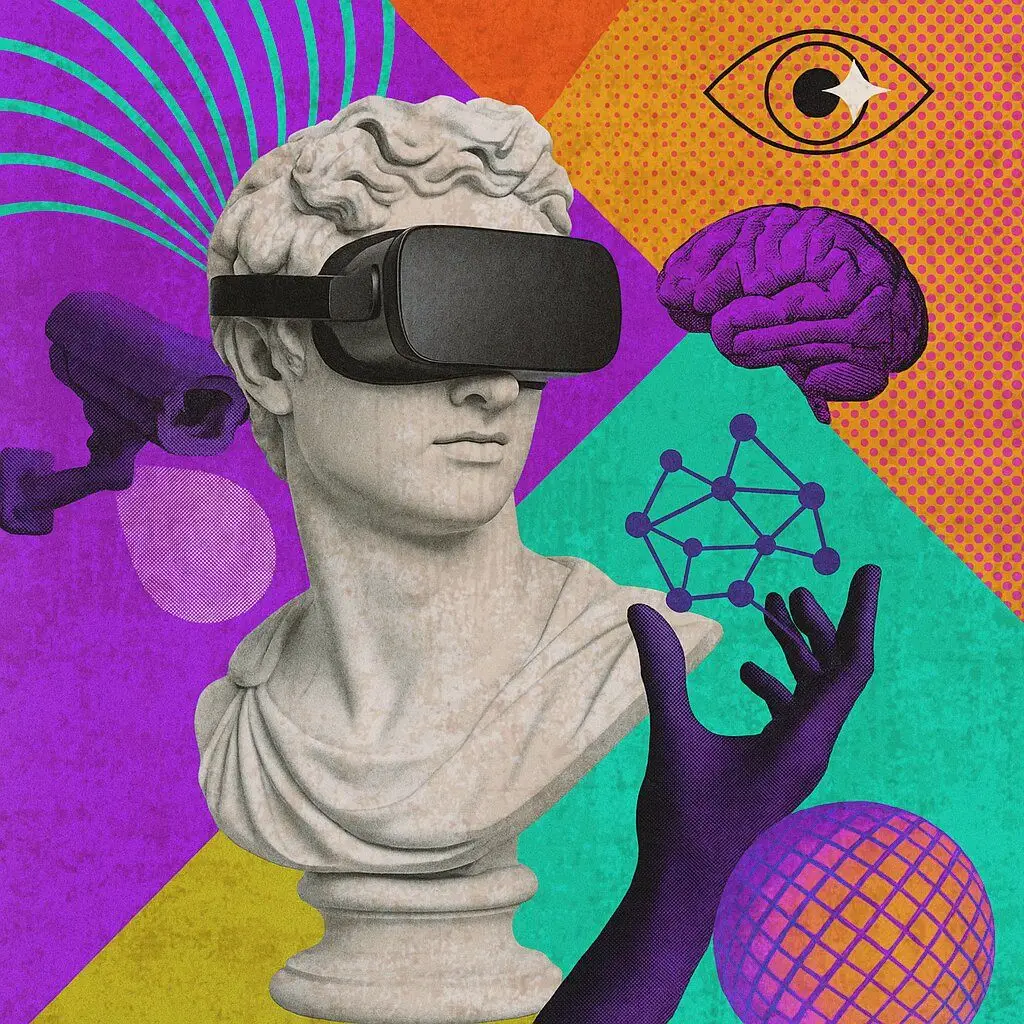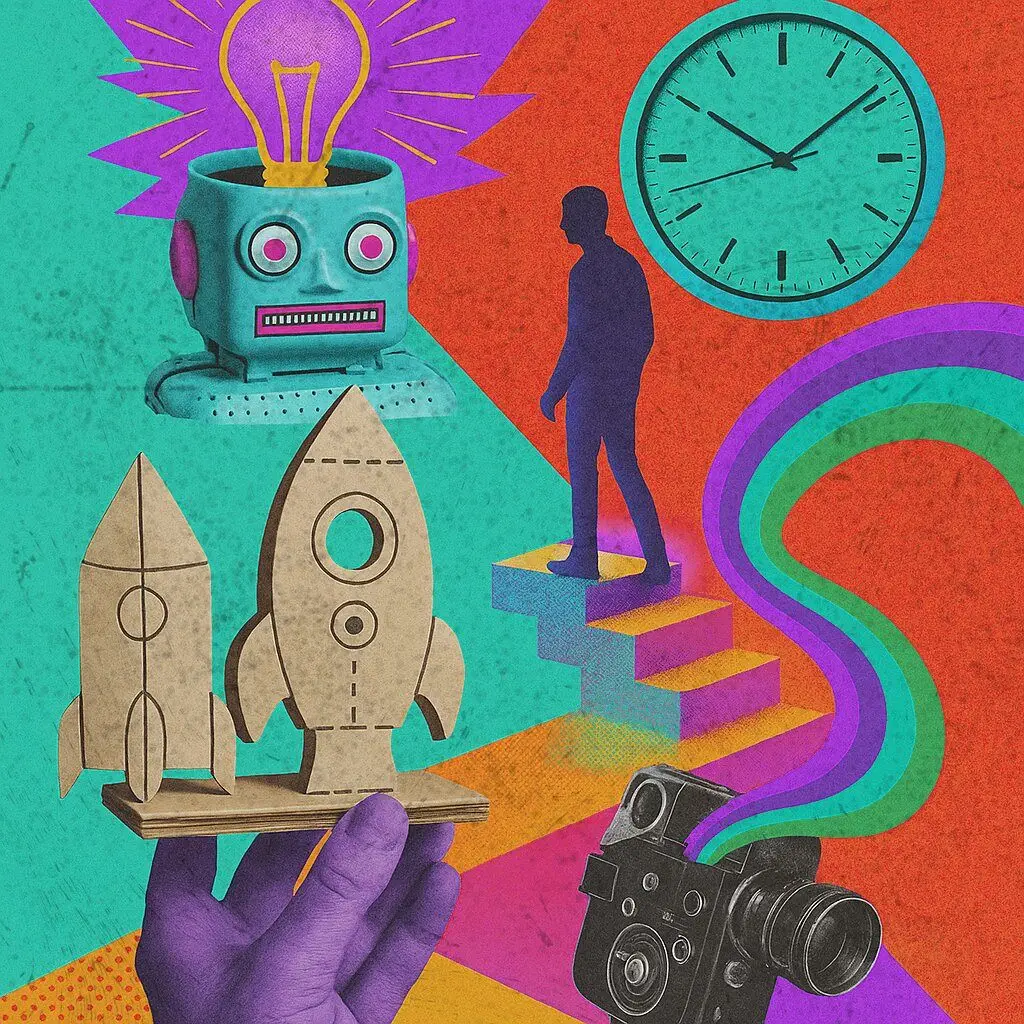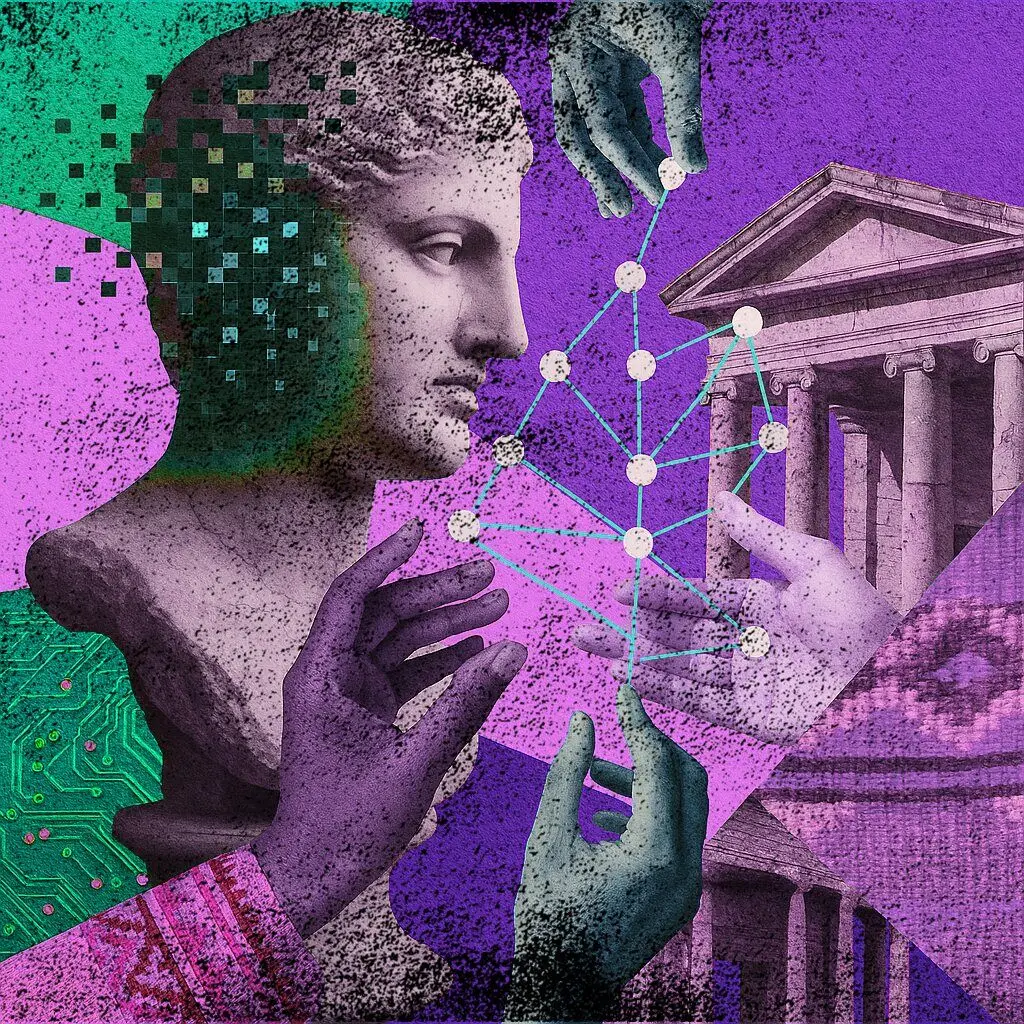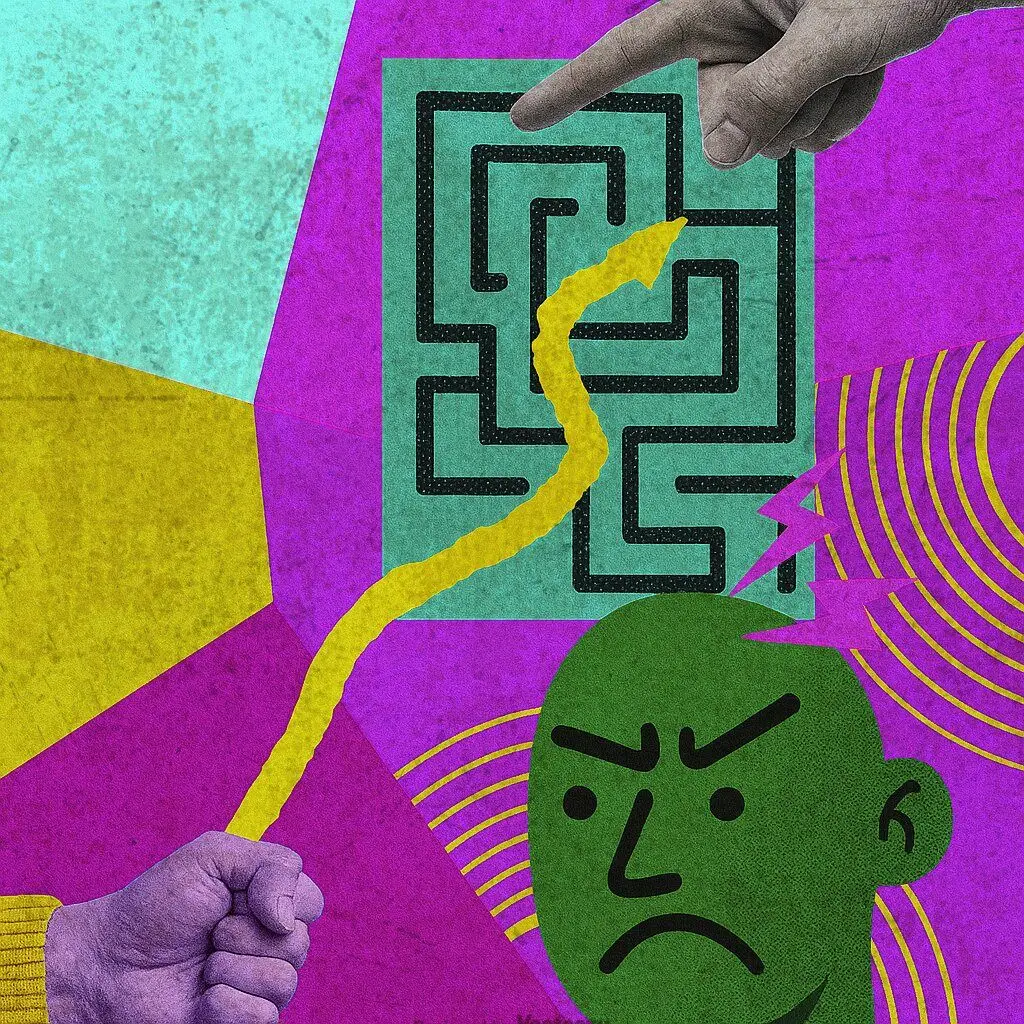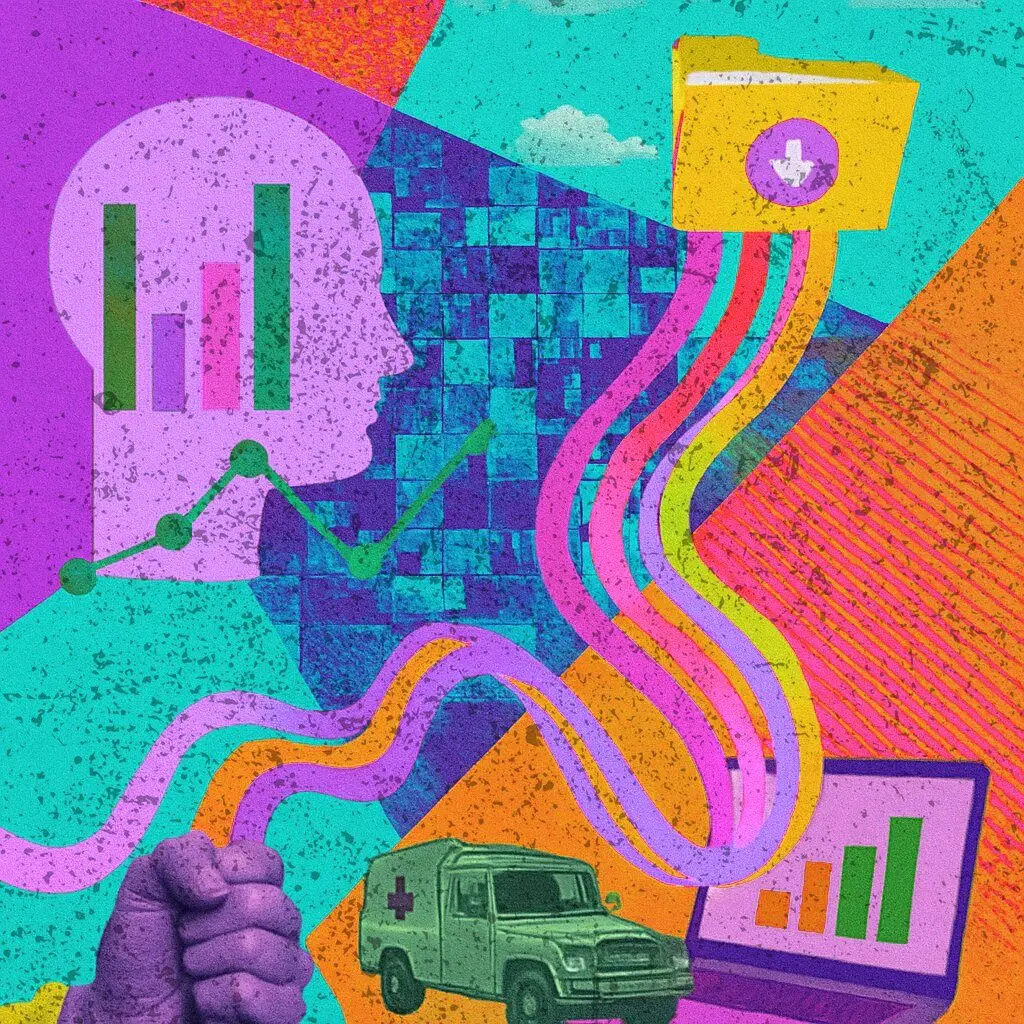Sensing the Invisible: How AI, Data, and Spatial Design Are Converging
Design is no longer static. It listens, predicts, and adapts. The walls around us are changing. Buildings now gather data. Rooms adjust to movement. Public infrastructure tracks flows, risk, and behavior. What used to be inert is becoming responsive. This shift is subtle but profound:Spatial design is merging with computation.AI
The Edge is the Center: Why Marginalized Users Drive the Best Designd
Design improves when it begins where the system breaks. Every system has an edge—where access falters, assumptions fail, and people get excluded. These edge users are often labeled as “outliers” or “exceptions.” But in truth, they’re the system’s mirror. They show where cracks live. Where design wasn’t made for c
Designing for Complexity, Not Control: A Manifesto for Adaptive Organizations
Control is fragile. Design for complexity instead. Most organizations still chase control. They write rigid SOPs, map linear workflows, and assume tomorrow will look like today—just scaled up. But complexity doesn’t obey plans. It resists prediction, breaks timelines, and exposes the limits of rigid structures. In humanitari
Rehearsing the Future: Prototyping as Organizational Practice
You don’t predict the future. You practice for it. Most organizations treat prototyping as a product development tool—build a mockup, test a flow, refine a feature. But in volatile systems, prototyping takes on a larger role. It becomes a way to rehearse possible futures, not just refine a design. In fragile states, humanita
Decentralized Futures: What Web3, Cooperatives, and Indigenous Governance Teach Us About Design
Design isn’t just what gets built. It’s how decisions get made. In a world obsessed with scale and efficiency, centralization has long been the dominant operating model. Top-down platforms, vertical hierarchies, one-size-fits-all policies. But around the edges—across tech, governance, and community systems—another mo
Friction as a Feature: Rethinking Smooth UX in a Complex World
Smooth isn’t always smart. Sometimes friction is the design. In design circles, friction is often treated as the enemy. Remove it. Reduce it. Streamline the journey. Make it seamless. But seamlessness is not neutral—it’s a value choice. And in many cases, it leads to shallowness, risk, or harm. Some actions should be harde
Invisible Infrastructure: Designing Information Flows in Humanitarian Systems
Data isn’t the problem. The way it moves is. In humanitarian response, information is everything. It directs aid, tracks displacement, informs public health, and feeds into global policy. But while most systems focus on what data to collect, few examine how that data actually moves—between people, platforms, agencies, and mo


